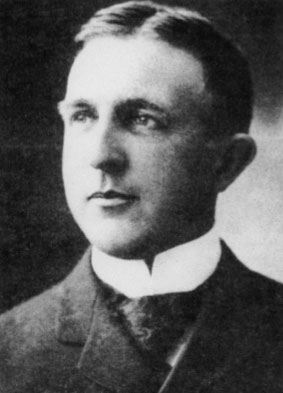History


About the Gage
Known as one of America’s last frontiers, it is a place of the “Long View,” punctuated by the presence of the Rocky Mountains and touched on all sides by the Chihuahua Desert. Drawing from cultures of the North American Indians, Spanish, Mexican and Anglo Cowboys, the region enjoys an intensely rich history.
Beyond the property, the charming town of Marathon serves as the quintessential backdrop for the Gage Hotel, complete with shops, country churches, and local eateries all within walking distance.

Alfred S. Gage
In 1878, at the age of 18, Alfred Gage left his home in Vermont with little more than a twenty-dollar gold piece in his pocket to seek the promise of the vast ranching opportunity that was emerging in Texas. Four years later the town of Marathon was founded when the Galveston, Harrisburg, and San Antonio Railroad was built. Early settler Captain Albion E. Shepard, who had worked as a surveyor for the railroad, bought land in the area and applied for the post office in 1882. Shepard named the site Marathon because its terrain reminded him of the plains of Marathon, Greece where he previously traveled as a ship captain. The rugged mountainous terrain was open ranch county, accessible only by horseback and wagon via dirt roads or rail, but Gage saw opportunity and had a big vision, which led him over the next few decades to amass a ranching empire of over 500,000 acres.

Henry Charles Trost
In those days, Marathon did not offer much in terms of lodging, so eventually Gage decided to build a hotel to use as a base to oversee his ranching operation. In 1926, he commissioned famed El Paso architect, Henry Trost, to design and build the property. An excellent example of Mission and Spanish-style design, the hotel officially opened for business in April of 1927. During that time period, Trost designed a number of other noteworthy hotels in the region, including the Paisano Hotel in Marfa, the Holland Hotel in Alpine and the El Capitan in Van Horn. Sadly, Alfred Gage died just one year after the hotel opened
Henry C. Trost Society
JP Bryan
For several decades after Gage’s death, the hotel continued to serve those who ventured into the region, housing high-profile guests including Mount Rushmore sculptor Gutzon Borglum and writer Zane Gray, who as legend has it, penned his most famous Wild West novel at the Gage. However, the lack of commerce in the small town of Marathon eventually eroded its population and guests of the hotel dwindled. For many years, the hotel offered little more than haunted hallways until a fortuitous turn of events occurred when JP Bryan purchased the hotel in 1978.
A descendant of Stephen F. Austin, the founding “Father of Texas”, Bryan understood and appreciated the historic value of the hotel property, and like Alfred Gage, had a vision for its future. JP’s passion for the Big Bend region, which in his words offers some of the most intriguing landscape in the entire West, and his love of the history of Texas, has led him through close to four decades of thoughtful restoration of the property and town. The result of his work, which is on-going, offers those who visit the region a truly authentic and unique place to enjoy the region and hopefully, share the vision and dreams of both Alfred Gage and JP Bryan.
Bryan Museum